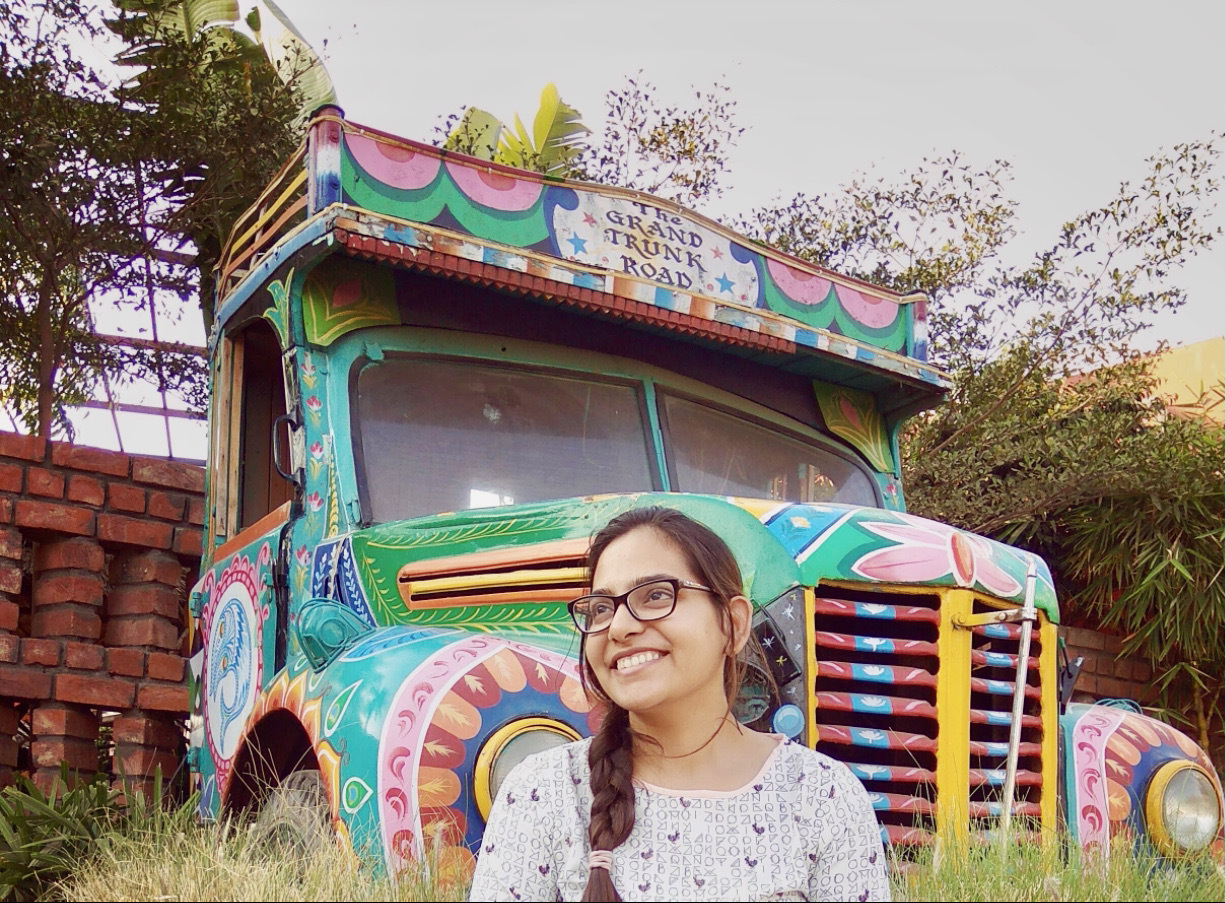The city is very beautiful at night. To see the shimmering lights In the buildings around, Beacons to the minds eye. The cars slide through the dark And then disappear again Into the dark corners of the nights. The people weave in and out Of the fabric of the night air, Appearing briefly as a Silhouetted puppets in the night sky. The city is always very beautiful at night. - Charlie F. Kane
Workflowing trust between government and citizens
Welcome to our August edition of the CWF Insights newsletter! This month we have a special study to share from our very own Customer Workflows Insights summer intern, Anagha Mudigonda. She was tasked with researching the government industry, specifically helping us to gain a better understanding of how 311 services work. We thoroughly enjoyed having her on the CWF Insights team and are excited to share her work with you in her own words. Take it away, Anagha!.

I think of the poem, The City at Night, by Charlie F. Kane when I walk my dog in the evenings and take in the beauty of the city. Somehow, my thoughts always end up with how we can preserve it. Since the obligation to care for a city lies with both its citizens and government, I wonder: What are the possibilities for deepening citizen responsibility to preserve what we have built and how can the government ensure it is cared for?.
311 is a hotline service connecting citizens with governments. Today, the challenge for government is to establish and improve trust between citizens and government. It relies on technology to establish this connection. One possible avenue is to help governments provide seamless service delivery for city maintenance and a 311-enabled system is core in achieving this goal. The existence of 311 is not new, it was first established in Baltimore, Maryland in October 1996. Now, 311 services are available in more than 100 cities in the United States, 20+ cities in Canada, and many other European nations.
In July, I conducted foundational research to understand the current landscape in government 311 services. The main goal of this study was to find pain points and opportunities within this area. Interviews with internal stakeholders led to the examination of 311 services within two cities in California (City of Santa Monica and County of Riverside). It was a series of remote group interviews with government IT teams, UX researchers, product managers, and sales consultants.

The above workflow is the ecosystem of requesting and solving a citizen request. The ecosystem displays several workflows and people involved in addressing a request.
These interviews shed light on the hidden and important problems that a city government cares about. For example, the accuracy of information when a citizen submits a request affects the performance of the citizen service delivery process. It may seem simple at first: a citizen will report illegal graffiti on a wall, a request involves a service type, location, description, image, and personal information using a mobile, desktop. However, inaccurate information in the process will create major challenges for the city including back/forth communication with citizens, delays in services being offered and another cause for loss of citizen’s trust with government.
If people fail to provide the exact location, technicians are never going to find where the graffiti is located on a beach that is a mile long.
So government is aims to improve the citizen service experience delivery. In fact 95% of new IT investment made by government agencies will be made to improve service solutions . Howard, Rick, Bill Finnerty, and Ben Kaner. "Top Technology Trends in Government for 2021." Gartner Research. Mar. 2021. Web. 21 July 2021.
For any questions please reach out to Anagha.
